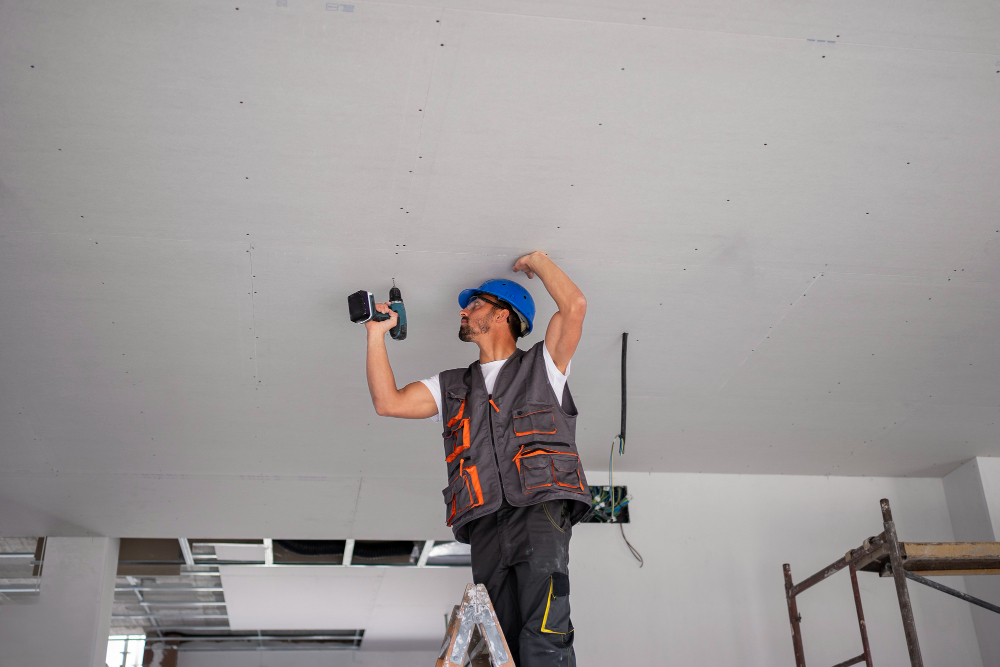One of the most common issues homeowners face is damage to their drywall. Whether it’s from minor accidents, general wear and tear, or something more significant like water damage, the question always arises: Is it easier to repair or replace drywall? While both options are viable depending on the situation, it’s essential to understand when each is more appropriate.
In this detailed guide, we will explore various factors that determine whether it’s easier to repair or replace your drywall. We will examine different types of damage, discuss the pros and cons of each option, and offer expert advice on how to assess the condition of your walls. By the end of this article, you’ll be well-equipped to make an informed decision that suits both your needs and your budget.
Understanding Drywall Damage: When to Repair and When to Replace
Before we dive into the specifics of whether it’s easier to repair or replace drywall, it’s crucial to understand the types of damage drywall can sustain. The answer often depends on the extent of the damage and the long-term health of your drywall. Some problems are minor and easy to fix, while others might require a complete replacement.
Let’s break down the most common issues homeowners face and the best approach for each.
When Should You Consider Repairing Your Drywall?
For smaller issues, repairing drywall is usually a simpler and more cost-effective option. If the damage is limited to a specific area or the overall integrity of the wall is still intact, a repair can be done quickly and efficiently. Below are the common situations when drywall repair is the better solution:
Minor Holes
Minor holes in drywall, often caused by accidental drilling or picture hanging, are a common issue in most homes. These holes can be easily repaired using a joint compound and some light sanding. After filling the hole, the area can be primed and painted to blend seamlessly with the rest of the wall.
For minor holes, repairing the drywall is not only easier but also less costly than replacement.
Dents
Dents in drywall are often caused by impacts from furniture, doorknobs, or moving objects. If the dent is small, you can use a similar method as with minor holes: apply some joint compound, smooth it out, sand, and repaint.
For minor dents, it’s much easier to repair the drywall than to replace it.
Small Cracks
Hairline cracks, often found near doorways or windows, are typically caused by the house settling over time. These can be easily repaired with joint compound and drywall tape.
However, if the cracks continue to grow or reappear after a repair, it might indicate a foundation issue, in which case replacing the drywall after fixing the root cause might be necessary. But for simple hairline cracks, repairing is the easier option.
Paint Bumps or Surface Issues
Sometimes, poor paint jobs or changing temperatures can result in paint bumps or surface imperfections. In these cases, the drywall itself is still in good condition, and the issue lies with the paint layer. You can simply peel off the old paint, apply a quality primer, and repaint the area.
In such cases, repairing the surface is easier and quicker than replacing the drywall altogether.
When Should You Consider Replacing Your Drywall?
While repairs are often the go-to solution for minor damage, there are situations where replacing drywall is the best option. In cases of significant damage or issues that compromise the structure of the drywall, replacement ensures long-term durability and safety. Below are the circumstances when replacing drywall is necessary:
Water Damage
Water damage is one of the most severe problems drywall can face. Whether it’s from a leaky roof, plumbing issues, or prolonged exposure to moisture, once water has penetrated the drywall, it begins to sag, stain, or grow mold. Even if the surface appears dry, the internal structure may be compromised.
In cases of water damage, it’s easier and more effective to replace the drywall. This ensures that any mold or mildew is completely removed, and the integrity of the wall is restored.
Large or Growing Cracks
If you notice large cracks forming in your drywall, especially those wider than 1/8 inch, it may be a sign of structural issues. Cracks that grow over time or spread across multiple areas of the wall are a red flag that something more serious is happening, possibly with your home’s foundation.
While minor cracks can be repaired, large or spreading cracks require replacement. Replacing the drywall allows you to fix any underlying issues and prevent future problems.
Mold Growth
Mold is a serious concern when it comes to drywall. It thrives in damp environments, and once it starts growing on or behind your drywall, it can be a health hazard. Even if you remove surface mold, the spores can continue to grow inside the wall, making the problem difficult to manage.
In cases of significant mold growth, replacing the drywall is the only viable solution. Mold-resistant drywall and proper ventilation can help prevent mold from returning in the future.
Extensive Physical Damage
If your drywall has sustained significant physical damage—such as from large holes, heavy impacts, or general wear and tear—repairing it may not be sufficient. While patching small areas can work in the short term, extensive damage often compromises the entire section of the wall.
For large-scale damage, replacing the drywall is often easier than attempting multiple repairs.
Is It Easier To Repair Or Replace Drywall?
So, which option is easier: repairing or replacing drywall? The answer depends on the extent and type of damage, but here’s a general guideline to help you decide.
Repairing is Easier When:
- You have minor holes or dents.
- Small cracks are visible but haven’t grown over time.
- The surface has paint bumps or other cosmetic issues.
- The damage is limited to one area and doesn’t affect the overall structure of the wall.
In these cases, repairing drywall is faster, cheaper, and less invasive than replacing the entire section. Most repairs can be done in a few hours with basic tools, joint compound, and a little paint.
Replacing is Easier When:
- The drywall has suffered water damage.
- Large cracks or multiple small cracks indicate structural problems.
- Mold is present, suggesting long-term moisture exposure.
- There is extensive physical damage, making repairs impractical.
In these situations, replacing the drywall is more efficient. It ensures the integrity of the wall and prevents future issues that might arise from trying to patch over severe damage.
Step-by-Step Guide to Repairing Drywall
If you’ve decided that repairing is the easier option, follow this step-by-step guide to fix your drywall effectively:
Step 1: Prepare the Area
Clean the damaged area, removing any loose material or debris. Use a utility knife to trim the edges of the damage if necessary.
Step 2: Apply Joint Compound
Use a putty knife to apply joint compound to the damaged area. For larger holes or cracks, apply drywall tape over the compound to reinforce the repair.
Step 3: Smooth and Sand
Once the compound has dried, sand the area with fine-grit sandpaper until it’s smooth and flush with the surrounding wall.
Step 4: Prime and Paint
After sanding, prime the area to prepare it for painting. Once the primer has dried, apply a coat of paint that matches the surrounding wall color.
When to Call a Professional
While small repairs can be done by most homeowners, there are times when you should call in a professional. If you’re dealing with extensive water damage, large cracks, or mold, a contractor can assess the situation and recommend the best course of action. Professionals have the tools and expertise to handle more complex repairs or replacements, ensuring the job is done right.
Conclusion: Should You Repair or Replace Your Drywall?
Ultimately, the decision to repair or replace drywall depends on the severity of the damage. Minor issues like small holes, dents, or cosmetic problems can be easily repaired, saving you time and money. However, for more significant damage—such as water damage, mold, or large cracks—replacing the drywall is often the easier and more effective solution.
By assessing the condition of your drywall and considering the options outlined in this guide, you can make an informed decision that best suits your home and budget.
Now that you know when it’s easier to repair or replace drywall, you’re ready to tackle any drywall issue with confidence.

